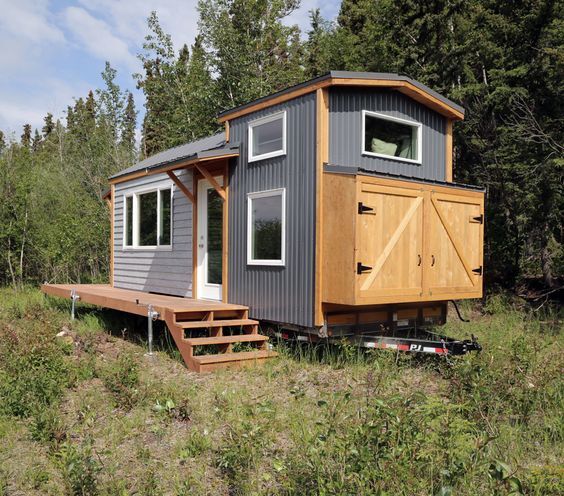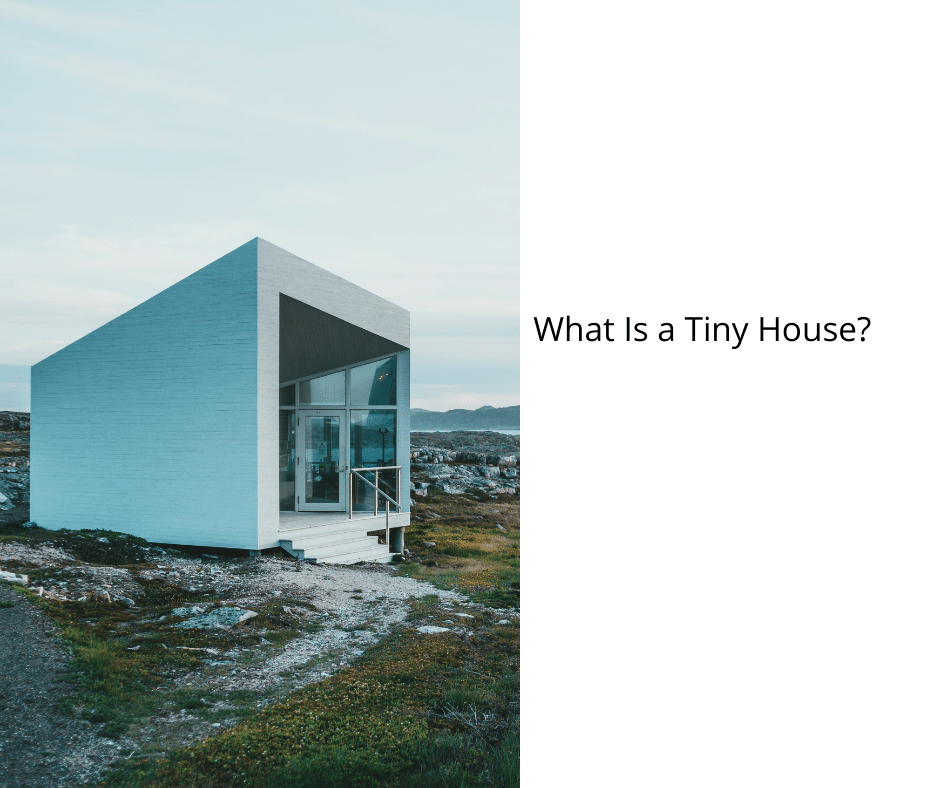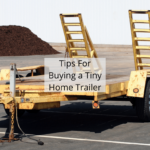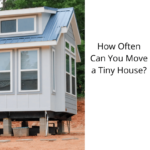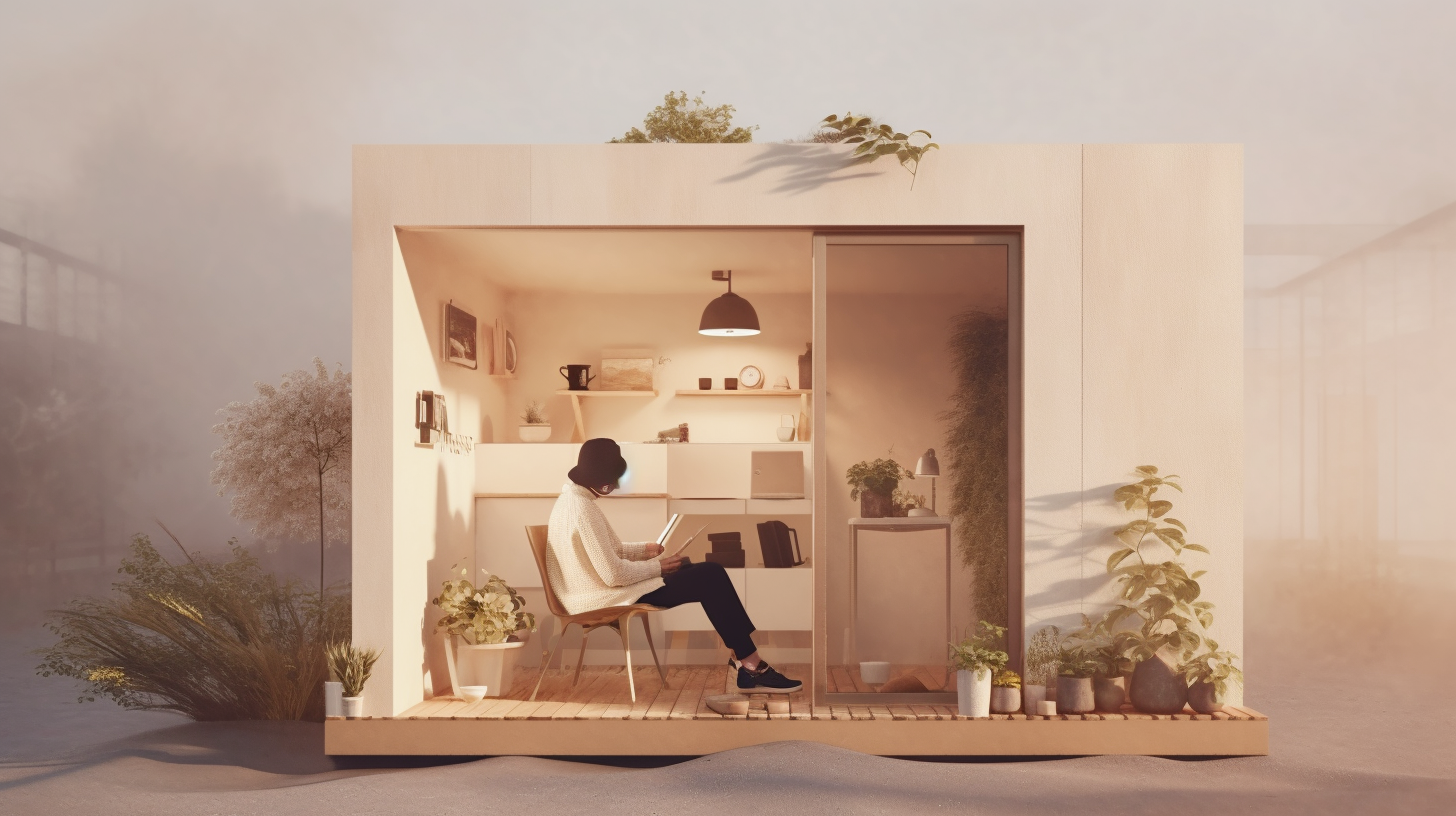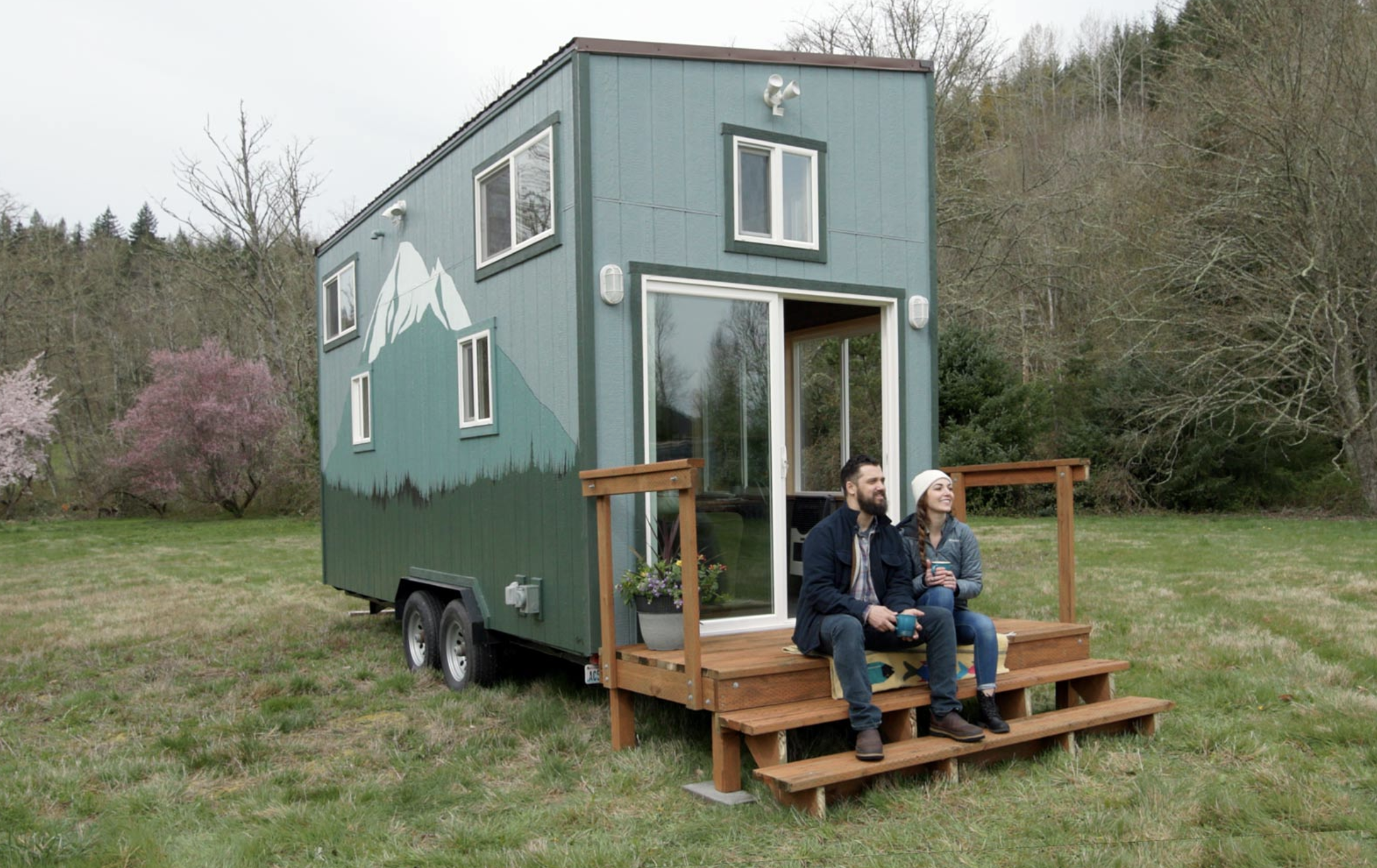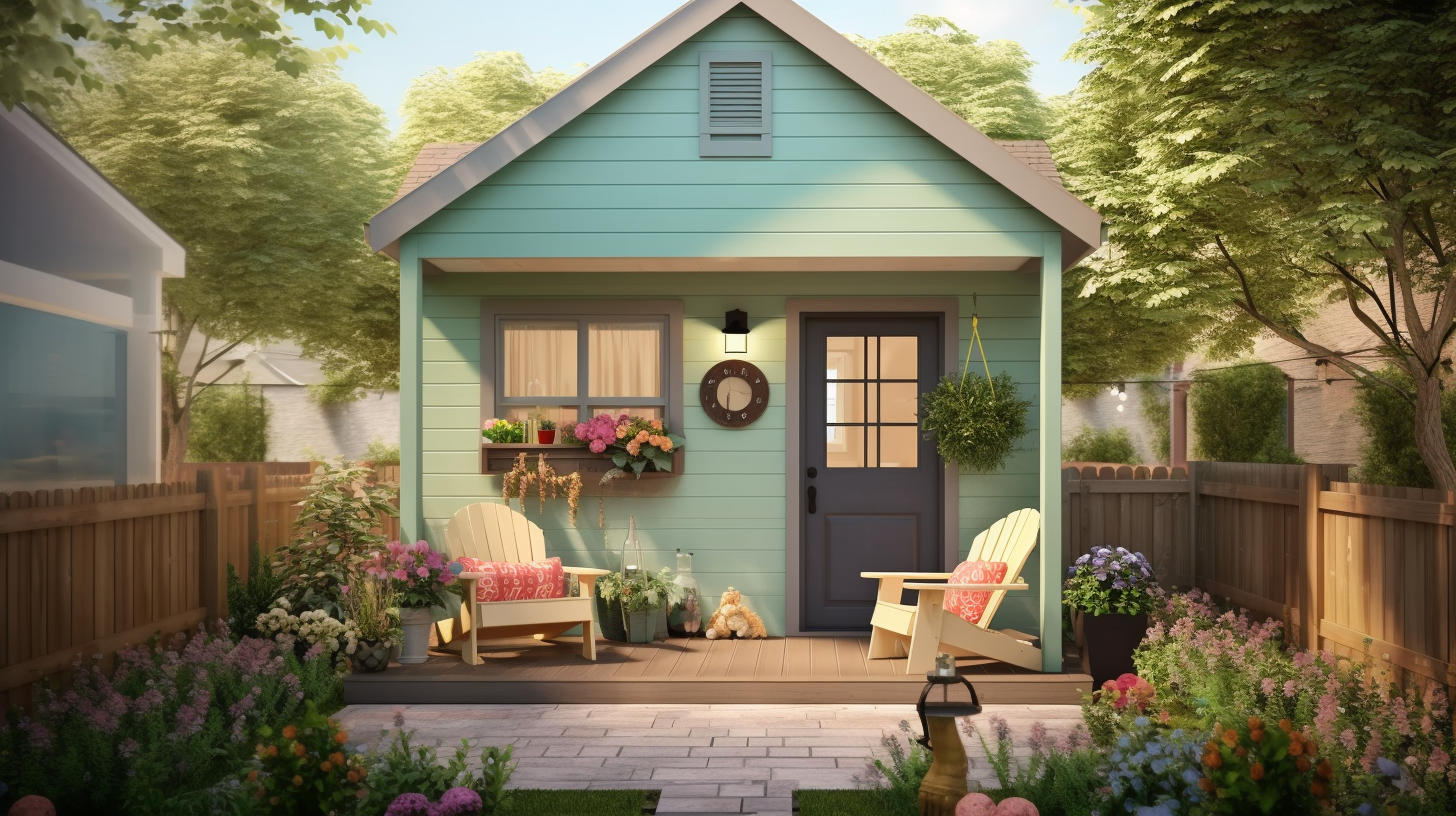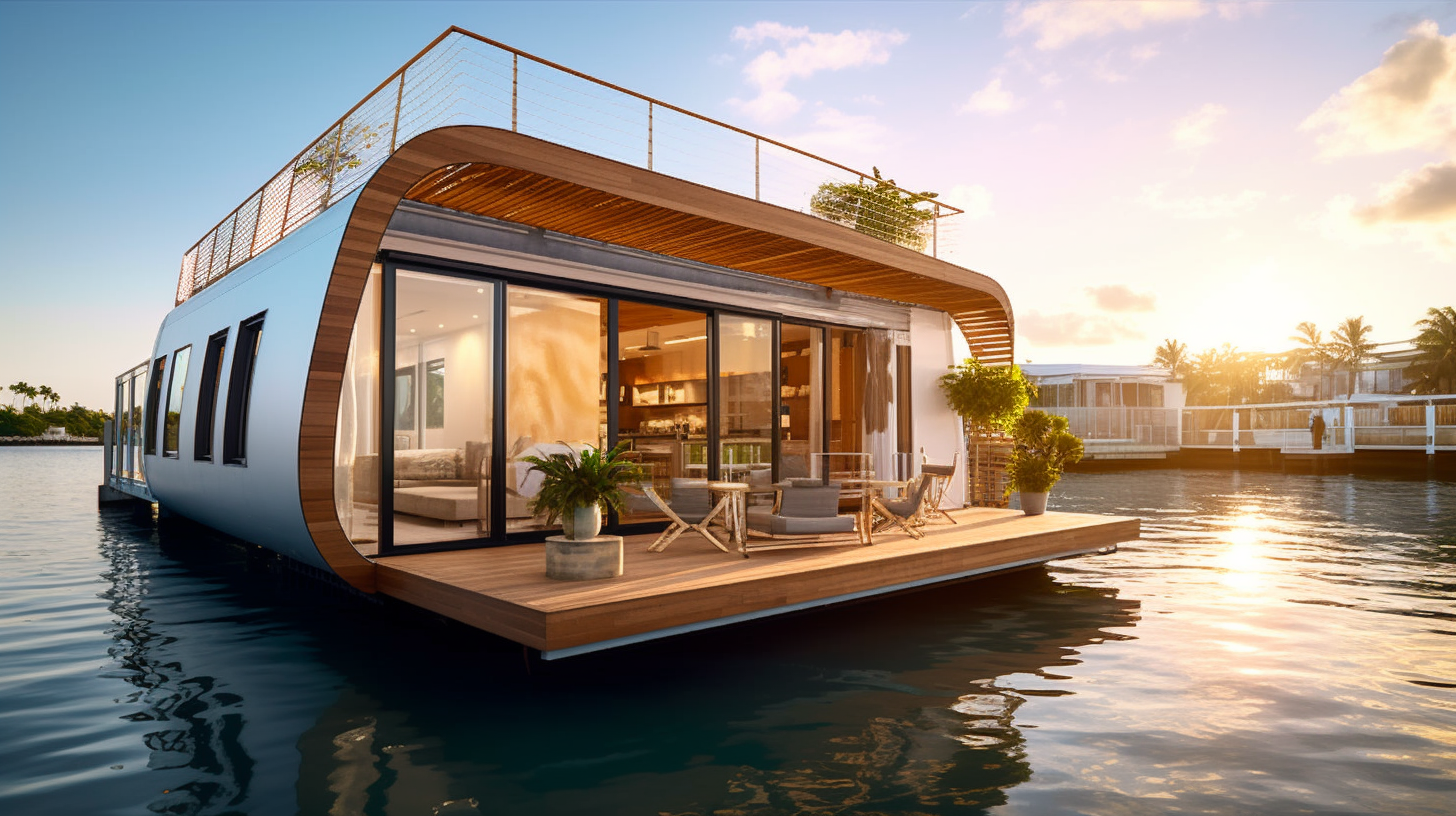A trailer home is a prefabricated residence that can be transported to various places. It is constructed in a factory before being placed on a trailer. While there are numerous benefits to owning a trailer home, there are also certain drawbacks. Let’s examine some of these:
Cost of Building a Tiny House on A Trailer
If you’re considering building a tiny house on a trailer, it’s essential to know the price before you start. The materials and labor for a tiny house typically range from $14,050 to $54,800. Additionally, you must factor in the cost of a vehicle to tow the tiny house. While you can choose to buy a used trailer, the price will likely be more than purchasing a brand-new trailer. You’ll also need to factor in the cost of fuel.
The next significant expense you’ll have to consider is electrical wiring for your tiny house. If your trailer has no built-in electrical outlets, you’ll need to run them. This cost may range from $3,000 to $5,000, depending on the location and size of your property. In addition, you’ll need to install plumbing for water, such as a toilet and a sink. Fortunately, most tiny homes don’t need much plumbing since they typically only have a few small water appliances. In addition to the electrical and water needs, you may need to hook up your trailer to a local sewer system and install a generator or a backup power source.
The trailer is an essential part of the tiny house’s construction. The trailer needs to be sturdy and safe. A rusty or faulty trailer can cause significant problems. It is important to choose a trailer rated for the weight of the tiny house. The trailer should also be well-maintained and in good condition. If the trailer has been neglected for some time, it’s likely to pose a danger to your tiny home.
Before you build your tiny house, you should acquire all necessary permits for your location. Depending on the city, these can range from $100 to several thousand dollars. If you hire a professional to build your tiny house, you may not have to worry about these issues, but they’ll probably charge you a fee for this service. If you decide to hire a professional, you should check your area’s building and zoning laws.
Legal Length
A few legal limitations affect the height of a tiny house on a trailer. Federal vehicle height requirements don’t apply to these vehicles, and each state has its height restrictions. Most states set a limit of 13 feet, 6 inches (4.11 meters) and up, with exceptions for low clearance on certain roads or bridges. Some states designate a maximum height of only 13′ 6,” and some have a much lower limit.
Weight Restrictions
The weight of your house and the trailer’s tongue are considered when determining the GVWR. GVWR is the maximum weight a trailer can safely hold. This limit is also known as the Gross Combination Weight Restrictions (GCWR), and you must comply with these guidelines when hauling your house on a trailer. To learn more about GVWR, check out the Department of Transportation website.
Although no national laws prohibit you from towing a tiny house on a trailer, knowing what size and weight requirements apply to your vehicle is essential. A typical trailer with two axles can support 6,000 pounds, but a tiny house will only weigh a few hundred pounds. This means you need a truck or SUV with a towing capacity of around 4,000 pounds. Moreover, it’s essential to understand that a tiny house won’t weigh more than 4,000 pounds.
Fortunately, in the U.S., trailers have no weight restrictions, so your tiny house can weigh whatever it wants. However, it is essential to remember that you still have to abide by the size and weight restrictions of your trailer. If you exceed the legal weight limit, you may need to upgrade your truck’s axles. To determine whether you need an upgrade, take your house to a certified weigh station. The weigh station should charge a fee of about $10.
Construction Methods
There are several different construction methods to choose from when building a house on a trailer. You can use bolts or a combination of both to secure the subfloor to the trailer and strapped securely. In addition to bolts, you can use finishing nails and brads to fasten trim pieces to the walls and subfloor. Using an extension drill bit, you can drill holes through the trailer to insert the bolts or brads.
Hi, I’m Emma. I’m the Editor in Chief of Tiny House 43, a blog all about tiny houses. While tree houses are often associated with childhood, they can be the perfect adult retreat. They offer a cozy space to relax and unwind, surrounded by nature. And since they’re typically built on stilts or raised platforms, they offer stunning views that traditional homes simply can’t match. If you’re looking for a unique and romantic getaway, a tree house tiny house might just be the perfect option.
